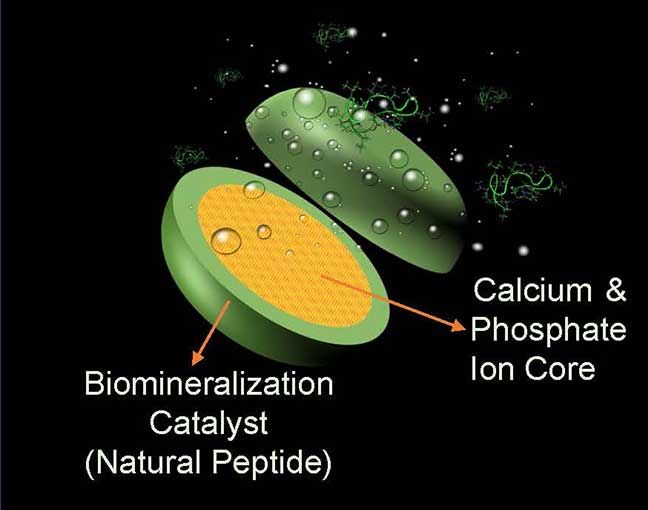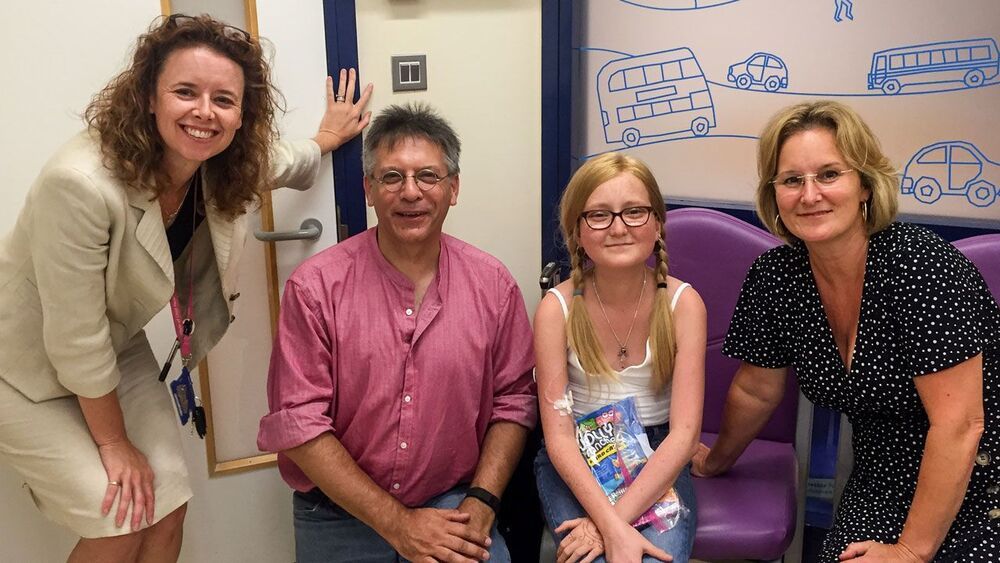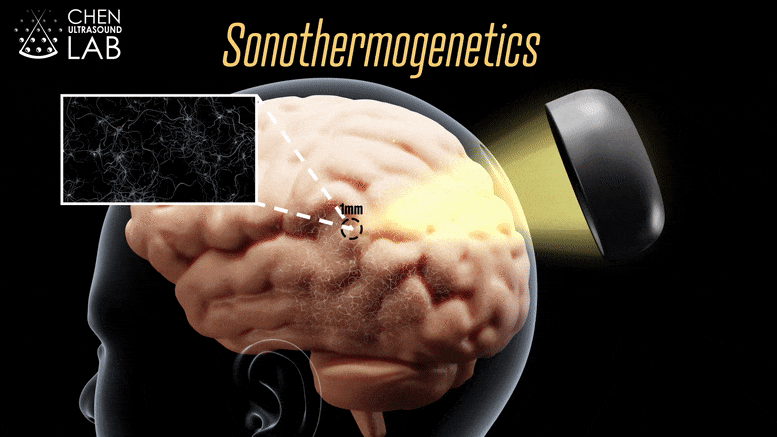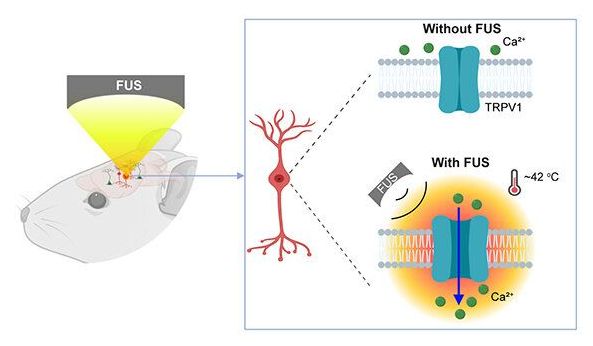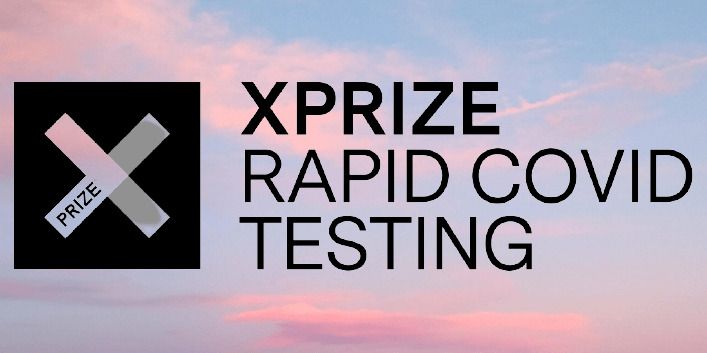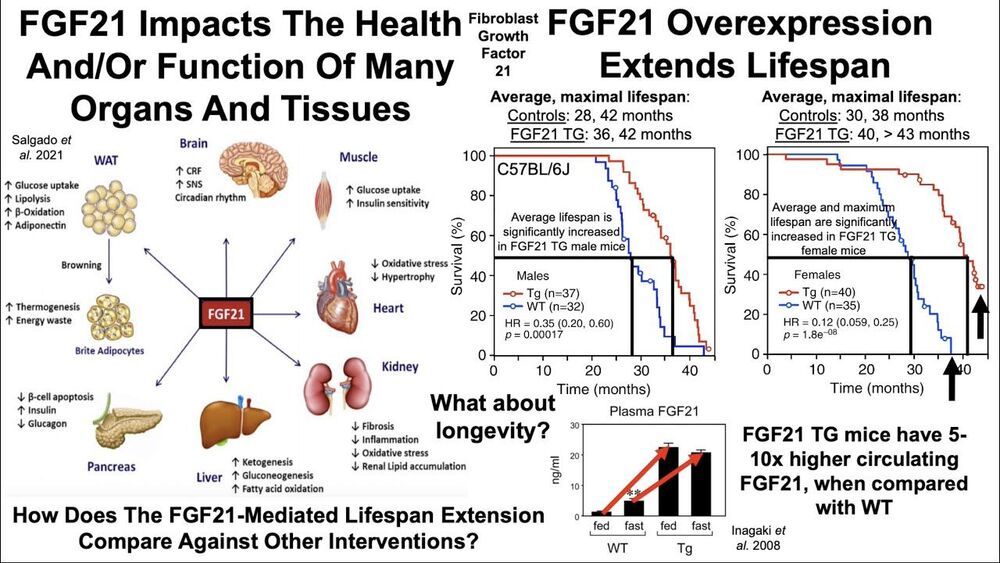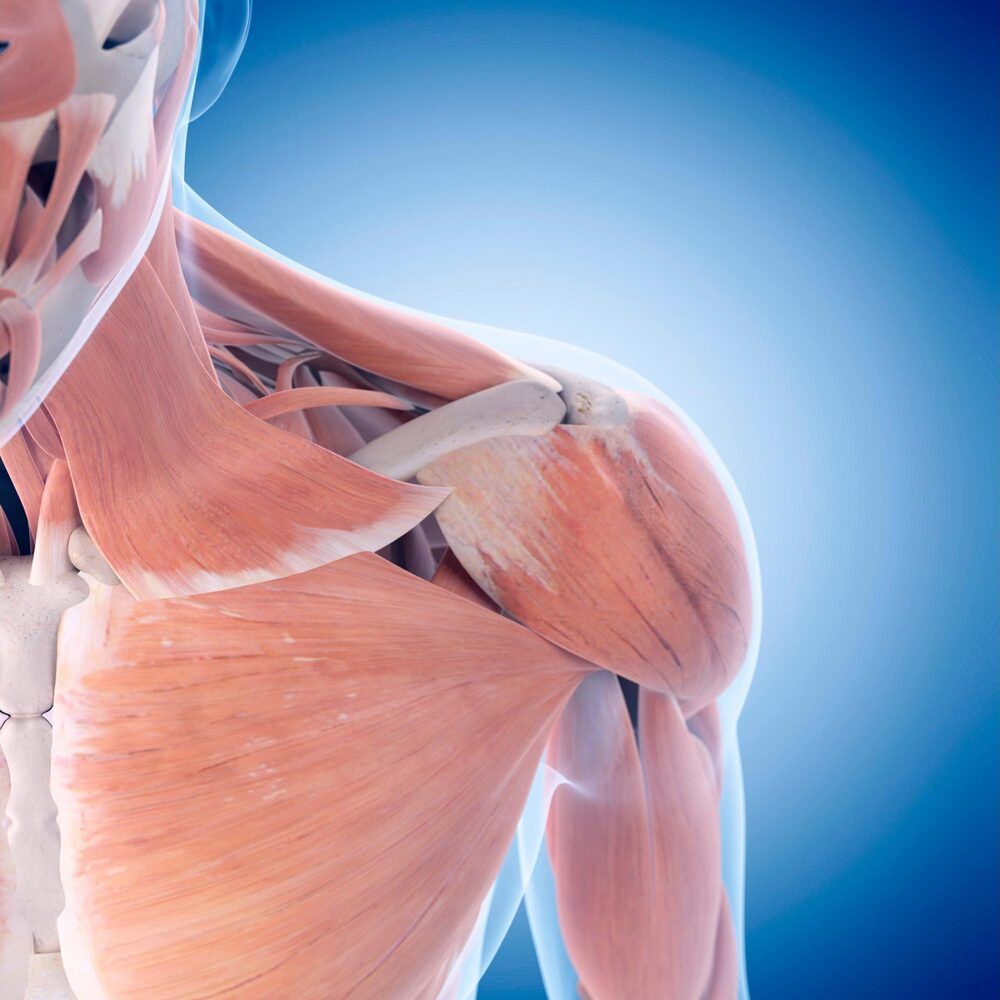Each city is populated by a unique host of microbial organisms, and this microbial ‘fingerprint’ is so distinctive, the DNA on your shoe is likely enough to identify where you live, scientists say.
In a new study, researchers took thousands of samples from mass transit systems in 60 cities across the world, swabbing common touch points like turnstiles and railings in bustling subways and bus stations across the world.
Subjecting over 4700 of the collected samples to metagenomic sequencing (the study of genetic material collected from the environment), scientists created a global atlas of the urban microbial ecosystem, which they say is the first systematic catalog of its kind.

